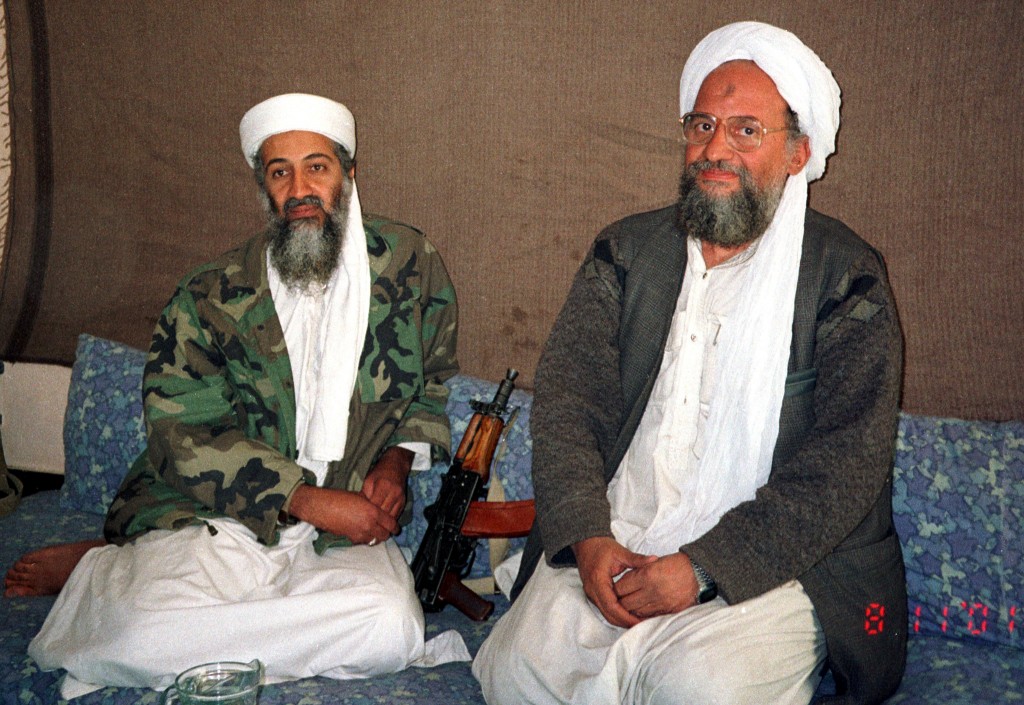
We now have the first public release of goodies from Osama bin Laden’s redoubt at Abbottabad: 17 letters to and from bin Laden and his crew that spell out vision, plans and tactics for the global jihad. The letters span a decade and outline the dimensions of a would-be caliphate – a truly global theater of war conceived, plotted and executed by bin Laden. They also reveal bin Laden to be a highly accomplished orchestrator of a global network struggling with the challenges of collaboration. Three issues consume him, and they happen to be the classic political tasks in the management of collaboration.
First, and most important: keeping everyone on track. For bin Laden, the primary management task was clearly holding everyone to a solitary vision, staying true to values (Islamic law, as he read it), and aligning deeds with words. Across his network bin Laden had little command or control over who operates in the name of Allah or even al Qaeda. As a result, nothing bugged him more than dummies among al Qaeda’s formal franchisees, loose affiliates or allies getting distracted from killing Americans; or butchering innocent Muslims; or blowing chances for alliances he sorely wanted to create. Bin Laden’s advisers were astounded, for example, when al Qaeda in Iraq attacked Catholics in an attempt to pressure Coptic Christians into releasing prisoners. It’s as if, one wrote, someone took Sunnis hostage to pressure Shias – “Does this satisfy any sane person?” The sheer horror of the geopolitical and historical error left bin Laden’s deputies shaking their heads.
Second: managing franchise relations. Getting second-rung leadership right is important for any enterprise, and for al Qaeda that meant assuring the brand and building network capacity for terror. Bin Laden was careful about deciding who would be anointed with two powerful gifts – his blessing of leadership, and formal affiliation of groups to al Qaeda central (a term he heard used by the media and, amazingly, appropriated). Bin Laden was no pushover. In fact, the letters show that he was hands-on and prickly about all such organization matters, going so far as to require memoranda of understanding with affiliates. As for appointments, bin Laden was a stickler for a good résumé that detailed education, battlefield experience, and religious training.
“How excellent would it be,” bin Laden wrote, “if you ask brother Basir to send us the résumé, in detail and lengthy, of brother Anwar al-Awlaki.” And don’t forget the career goals and cover letter. “Also ask brother Anwar al-Awlaki to write his vision in detail in a separate message.” This, for the man nominated to run al Qaeda in Yemen.
Third: delivering on the promise of his brand and staying in the headlamps of his political support. Managing both the Arab street, upon which he counted for support, and his franchises, which were tasked to execute plots, required careful negotiation. The key was right-sizing terror. Too much wrist-chopping would serve only to alienate the street, whereas anemic targets would demoralize his men in the field. Violent, cataclysmic, high-value American kills like the Twin Towers, the USS Cole and the Nairobi embassy bombings worked for both, and for bin Laden.
All this negotiation and persuasion – the essence of political management – occurred while American and NATO forces were hacking away at bin Laden’s networks. He’d caught the Americans flatfooted in 2001. United States forces were disinclined to collaborate, share information or innovate fast on the battlefield. But the 9/11 attacks changed all that, in three ways.
First, 9/11 created an at-war mindset for war planners where collaboration became the default strategy, not the last resort. Massive investment in new technology platforms allowed military and intelligence services to share data. New “network-centric” doctrine envisioned every warfighter – alone on a hilltop or massed in planes, ships, and tanks – to be super-empowered by data and imagery. Organizations like Joint Special Operations Command beefed up on operators, authorities and shared missions that crossed boundaries.
Second came rich technical innovations, some of which saved lives, like IED-resistant trucks and armor; others took lives, like Predator drones. First deployed during the Kosovo campaign, then perfected and scaled in Iraq, those innovations – equipping Predator with lasers for targeting and eventually with Hellfire missiles for shooting – compacted the kill-chain from hours to minutes and produced devastating effects.
And third, the total battlefield integration of people, machines and procedures occurred. New units stood up to soften the boundaries across services and with locals. “Human terrain” teams built webs of partisans and did battle with al Qaeda for hearts and minds. “Sensitive site exploration” teams became part of every operation and scooped up computer harvests from countless raids, just like the one at Abbottabad. Teams of intelligence, surveillance and reconnaissance specialists ate that data like Wheaties for breakfast, and used it to whip networks of drones, satellites and operators on the ground into a lethal, agile blend.
The “Battle of Manhattan,” as bin Laden called 9/11, had the effect of forcing the United States to investigate its failures and to transform its warfighting capabilities. Wherever Muslims lived, the letters show, bin Laden claimed a right and an interest to make war, cast out Americans and apostates and restore the caliphate. Following bin Laden’s lead, the United States also claimed the right to make war anywhere on earth. On May 2, 2011, at the Battle of Abbottabad, those iron-bound American bureaucracies, capable of astonishing scale and persistence, and their newly agile networks, collaborated and defeated bin Laden’s own, which proved unable to survive the rigors of the networked world and the new modes of warfare they helped bring into being.
PHOTO: Osama bin Laden (L) sits with al Qaeda top strategist and second-in-command Ayman al-Zawahiri in this 2001 file photo. REUTERS/Hamid Mir/Editor/Ausaf Newspaper for Daily Dawn/File





